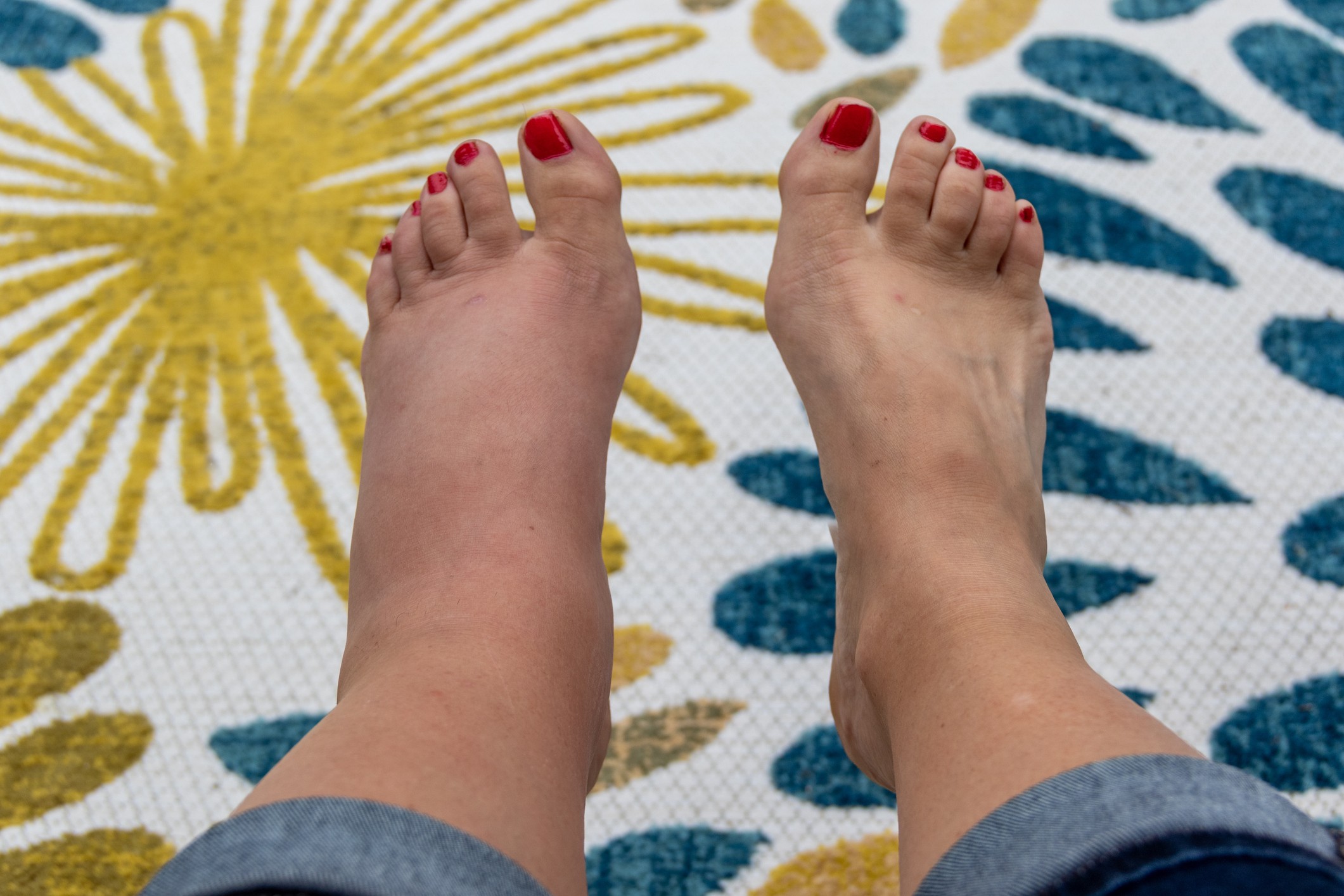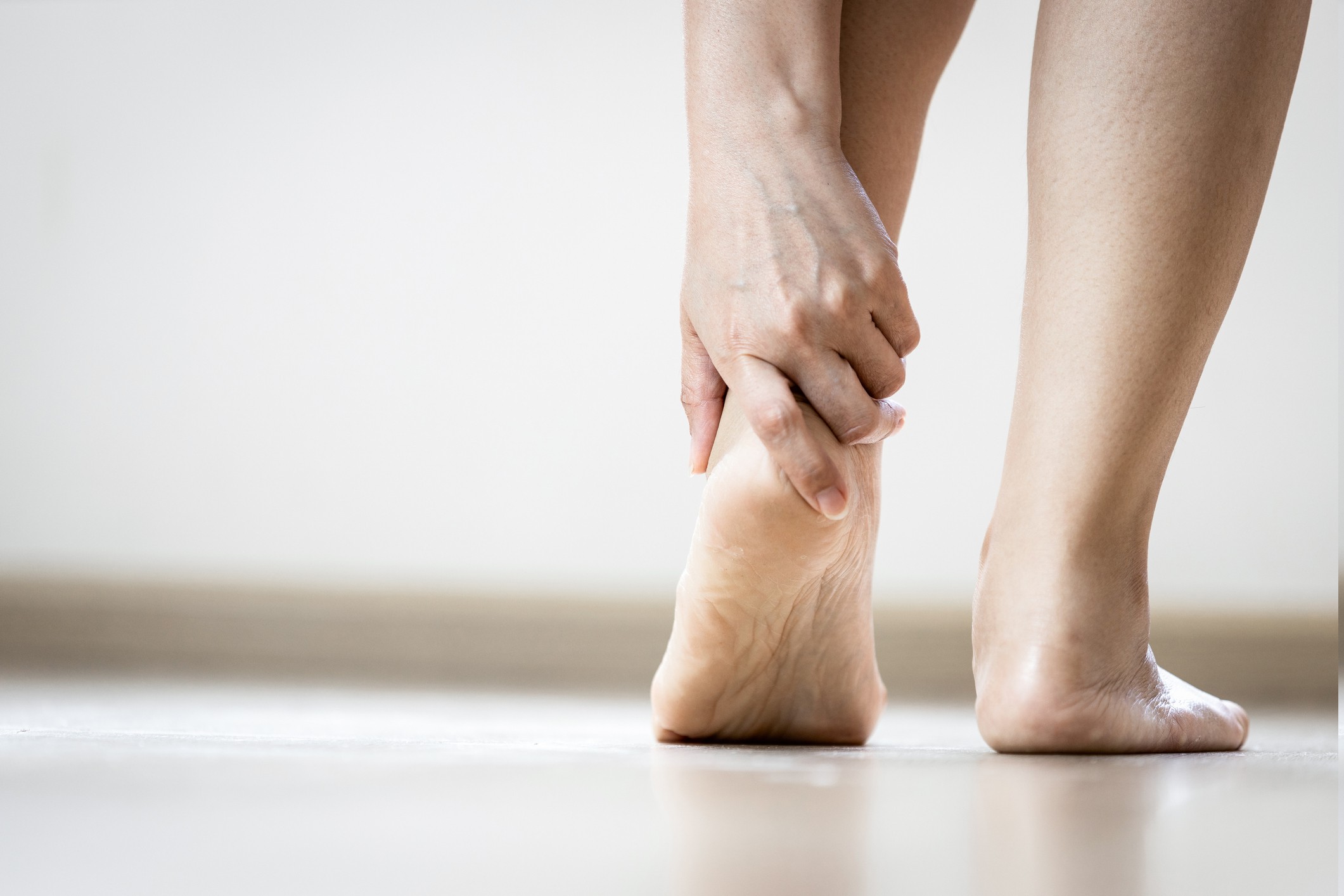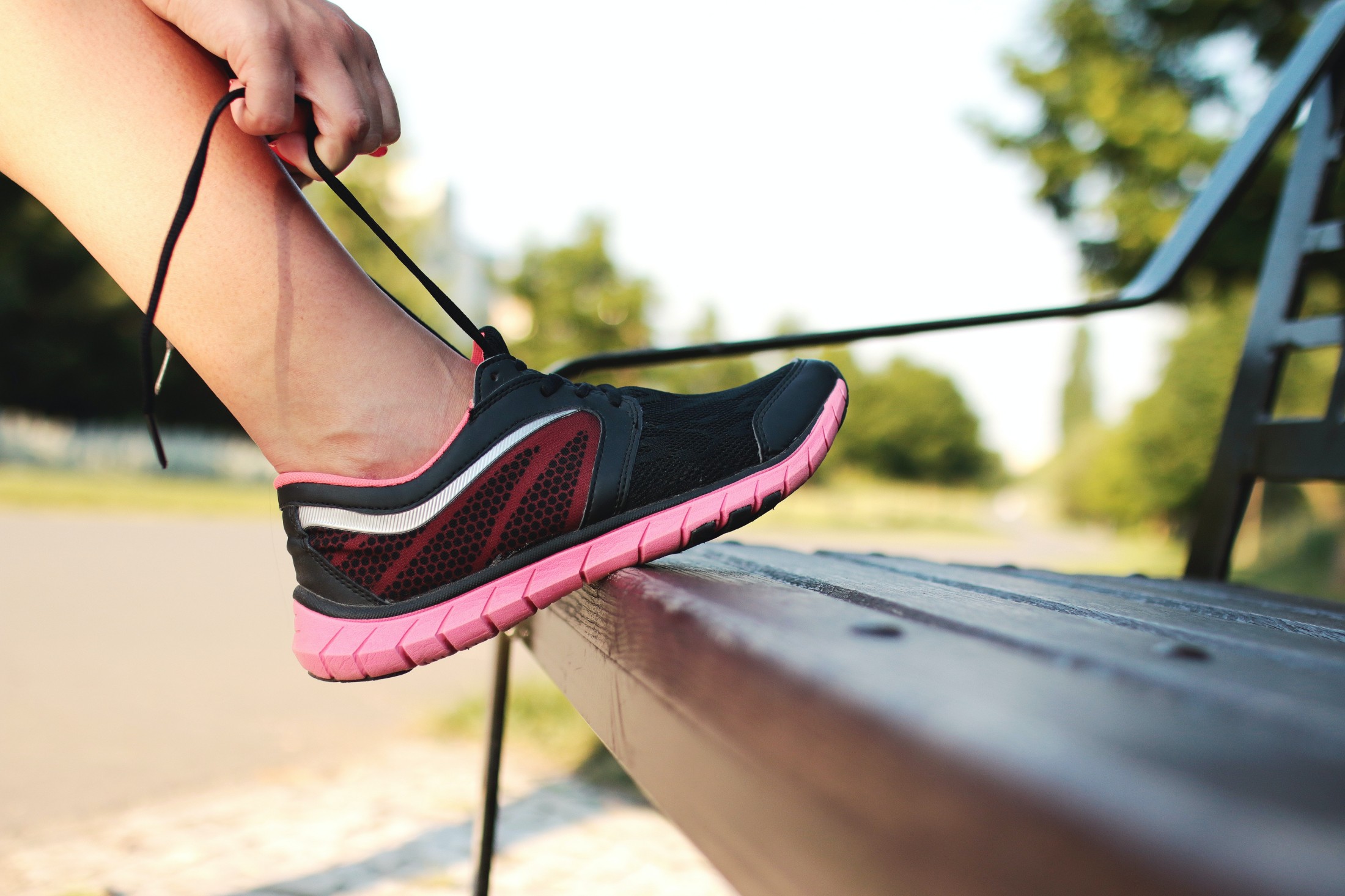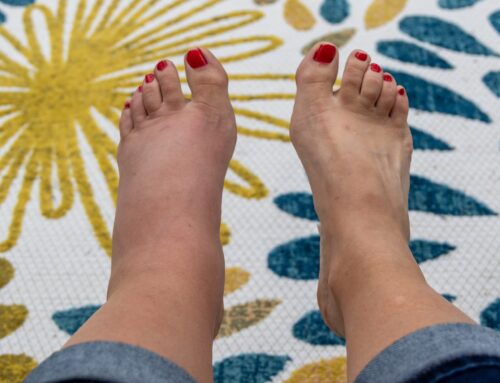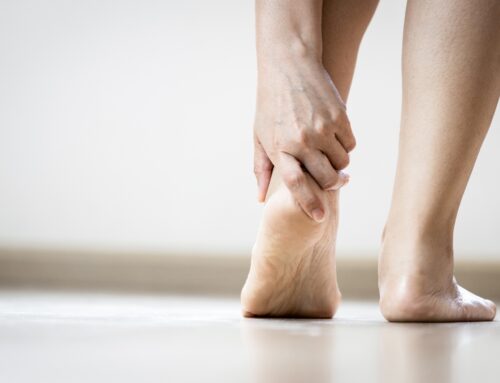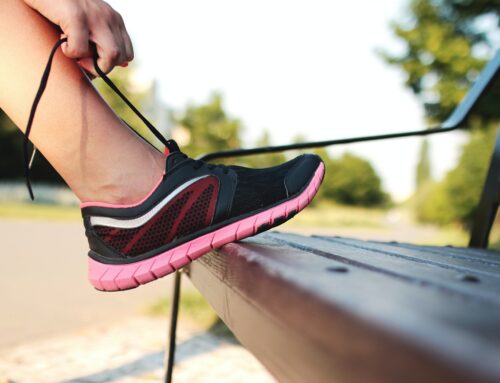Working during the COVID-19 pandemic has been trying at the best of times. Between lockdowns and limited economic activity, our economy has suffered akin to the Great Depression.
Essential workers who transport necessities to storehouses and distribution centers have been the unsung heroes in maintaining the flow of goods in what remains of our economy. Once the goods reach these locations, a delivery team proceeds to make home deliveries and distribute products to stores for sales.
The scores of truck drivers and small van drivers have been working without respite, taking risks to deliver packages and food to our doors. Every day, drivers face the challenge of contactless deliveries, but they could be exposed to the virus and may spread it through the packages they deliver.
Thankfully, that has been the case, but they are under another threat. The threat of overwork will physically impair their ability to serve as the primary delivery system for food and medicine we need to survive the pandemic.
Common Injuries sustained at work by essential workers
When you forward packages to residences and businesses, you never what is in the boxes, and you can injury yourself lifting, toting boxes and walking up or downstairs with them. The freight delivery sector is booming with higher volume, but shifts that were once eight-hour days are now stretched to 10 or 12-hour tours of duty.
Working extra days to keep the freight from piling up is another demand that drivers face. As the body tires from repeated work, it becomes susceptible to injuries. Failure to address workplace injuries immediately can result in chronic conditions.
At Care-Med, we want everyone in the transportation industry to know that we have solutions to workplace injuries that can lead to lost time on the job. We have medical devices for the entire body that will protect our drivers from further injury and assist in the healing process. We sell only top-of-the-line medical devices, developed by the industry’s best companies.
Back Injuries

The rule of thumb is to lift with your legs, not your back, and it should be followed in every instance when lifting any object. Other causes of back injuries at work include poor posture, carrying too much weight (obesity/overweight), being in poor physical condition, and body mechanics that are less than ideal.
One more thing that the experts told us when they study back injuries, if you are lifting a heavy object, contract your core muscles and keep the object close to your body to prevent harm from befalling you. Finally, if you think the item is heavy to lift, get help to move it.
Shoulder Injuries
When you have back problems, you can count on shoulder problems that arise from injuries to prevalent. Our shoulder is a ball joint with many features that work together to lift, turn and carry articles. Tendons, ligaments, and muscles work together to create movement and power when moving items from overhead to the ground. Lifting activities or pushing heavy objects on carts will be stressful for your shoulders, and the risk of shoulder injuries is high in that circumstance.
If your work requires that you perform the same tasks repeatedly, you at risk of fatigue and then a chronic condition will develop due to the nature of the work. An occupation that requires power equipment or driving comes with vibrations and bumps in the road that will affect your shoulders. A slip and fall on the steps delivering a parcel can cause a shoulder or collarbone injury.
When we fall, we use our arms to brace for impact when we land on the ground, which causes shoulder injuries that lead to more significant problems down the line.
Elbow Pain
When you experience elbow pain due to workplace-related fatigue or injury, it comes from several different causes. The conditions are varied, but the pain is consistent, leading to time off the job. For instance, cubital syndrome is one that inflames a nerve in the elbow region, and the pain extends to the fingers.
Another example of elbow pain is referred pain. The pain from injury originates in other areas of the body – your neck and back are the common denominators here – and if it shows up in the elbow.
If you experience pain and an inability to grasp an object, you are suffering from Tennis Elbow. Repetitive activities performed in the workplace cause intense pain on the outside portion of the elbow. Trying to move objects that are too heavy will cause potential injuries to our ligaments and tendons, causing long-term problems to fester in our elbows.
Knee Pain
Standing for extended periods or working on hard surfaces will have a significant impact on our knees. They take the brunt of the effects placed on the legs when in a hard-surface environment. If you spend time working on your knees without padding, the damage can be immediate and painful. The knee comprises a bursa sac, joints, ligaments, tendons, and cartilage, and overwork or overexertion can potentially damage any one of these components.
Injuries like contact stress are hard on the knees that squatting or kneeling for long periods of time create. When we experience contact stress, we have been on our knees on hard surfaces that cause pain and degradation of the kneecap. Cartilage problems result in the loss of the needed buffer between bones. Excruciating pain occurs when the cartilage is gone, resulting in bone-on-bone impact.
Hand and Wrist Injuries
Hand and wrist injuries pose the most significant risk for many essential workers working in physically demanding roles at work. Most if not all hand injuries start as cuts and lacerations that impact an employees’ ability to perform on the job. When we injury our wrists, sometimes it is a broken wrist that causes problems. But for the most part, sprains and strains to ligaments and tendons are the cause of the issues.
If you type or use a mouse or carry packages that tax your wrist, you could be in line for devastating problems later in life as the condition is degenerative in nature.
Get pain relief with premium medical devices from Care-Med.
When your experience chronic pain for work-related injuries, bring your problems to us at Care-Med to get the help you need. We have been serving the workforce army for more than 18 years, and our staff carries the credentials and certifications necessary to address your needs. At Care-Med, we work with your doctor to craft the right solution with a suitable medical device to alleviate pain and restore you to your job.
We accept payments through your extended health care coverage, as well as payments from Veteran’s Affairs, Circle of Care, ADP, ODSP, and Ontario Works health plans.
Share This Story, Choose Your Platform!
We specialize in orthotics, body braces, and compression wear tailored to your unique needs in Toronto. Reach out to us at info@caremed.care or call 416-782-5353 to book your fitting and consultation.
Experience the difference of customized solutions designed just for you.


